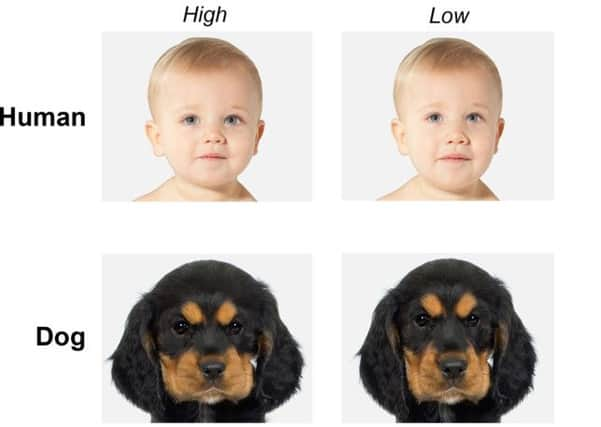‘Cuteness’ can melt even youngest hearts


However, scientists now think that the propensity for humans to recognise so-called “cute” features may be instilled in us from a very young age.
Children as young as three recognise cute features that encourage care-giving in adults.
Advertisement
Hide AdAdvertisement
Hide AdEven before they start school, children rate puppies, kittens and babies as “cuter” than their adult counterparts.
Cuteness is wrapped up in what psychologists call “baby schema” – a set of infantile features such as a round face, high forehead, big eyes and a small nose and mouth. Baby schema has been shown to stimulate protective, care-giving behaviour and reduced aggression in adults.
Researchers conducted experiments with children aged three to six. One tracked eye movements to see which facial areas children were drawn to. The other assessed how children rated animals and humans with infantile traits.
Images of human adults and babies, dogs, puppies, cats and kittens were digitally manipulated to make them appear “cuter”.
Advertisement
Hide AdAdvertisement
Hide AdThe same photos were also made less cute by giving subjects more adult-like features, such as a narrow face and low forehead.
Prof Kerstin Meints, of the University of Lincoln’s School of Psychology, said: “We have also demonstrated that children are highly attracted to dogs and puppies, and we now need to find out if that attractiveness may override children’s ability to recognise stress signalling in dogs.”